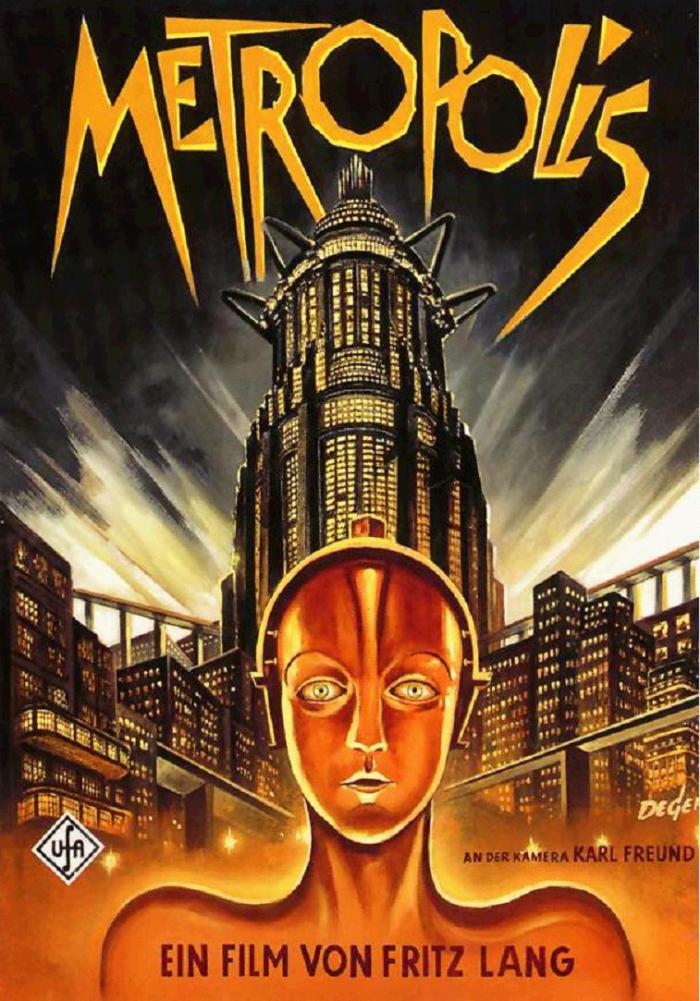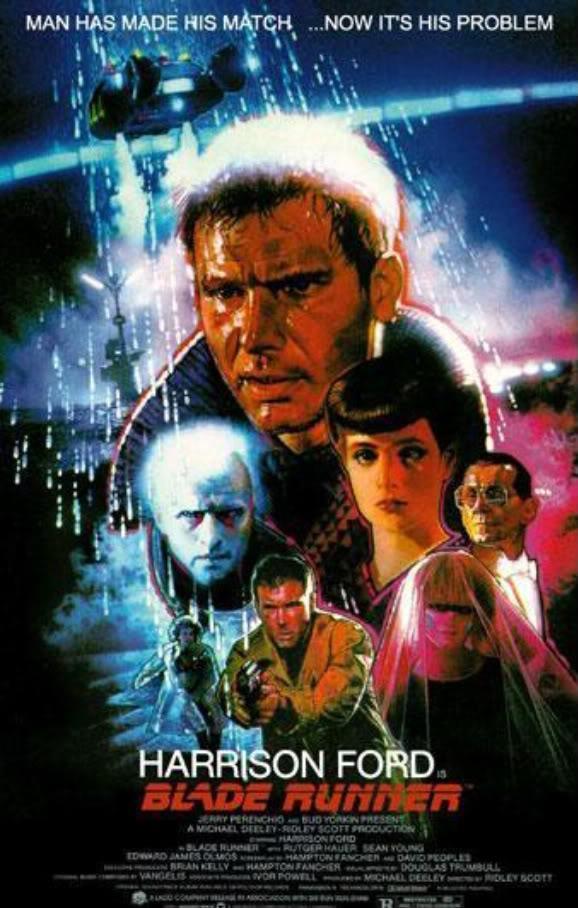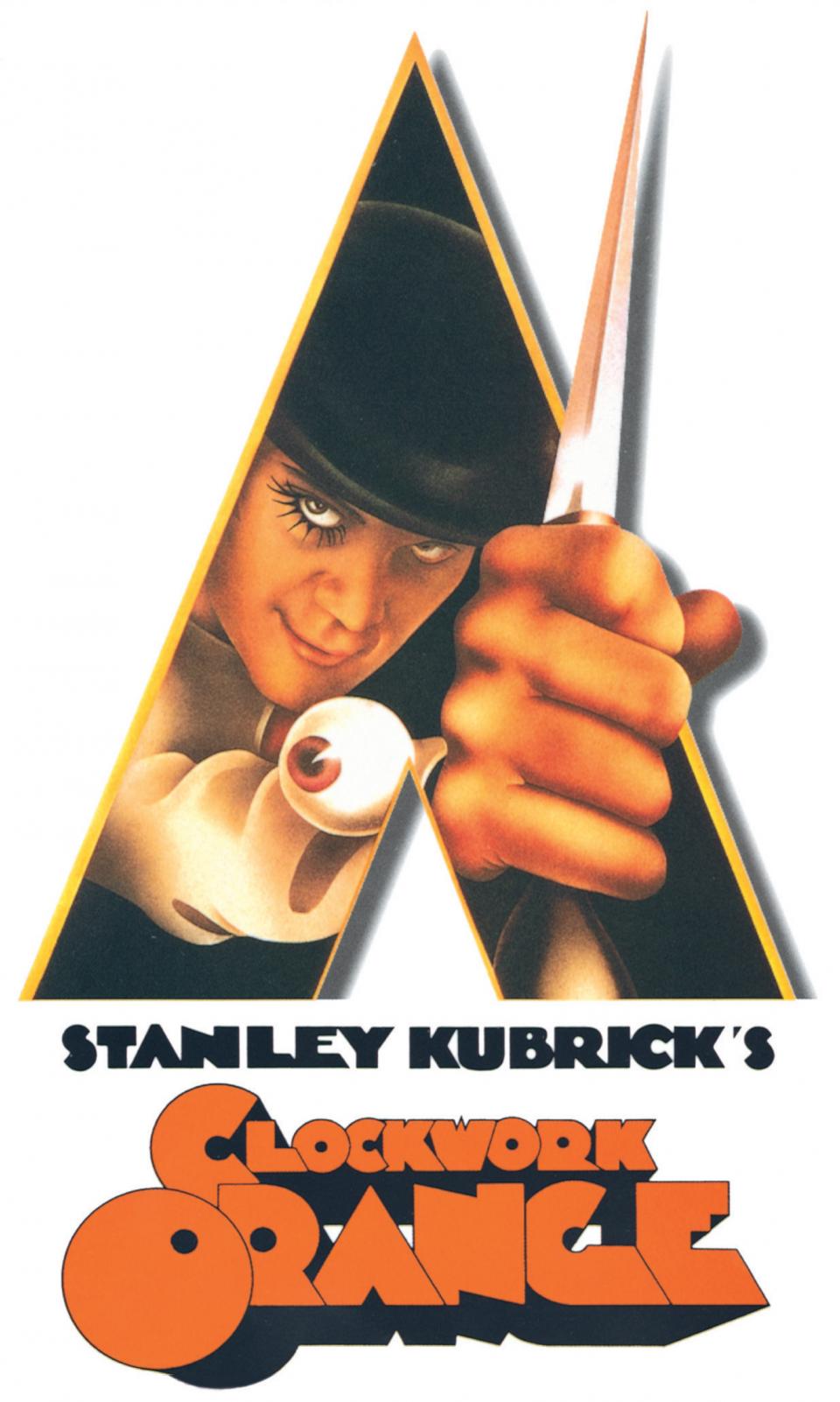Stories about class struggle are not new. In fact, these plots have been around for a long time, and we’re familiar with most of them: the Matrix trilogy, The Handmaid’s Tale, The Hunger Games, Escape from New York, The Grapes of Wrath, The Outsiders, Jane Eyre, We, Equilibrium, almost any Philip K. Dick story, The Dispossessed, the Divergent series, even The Time Machine…. The list goes on. It’s a subgenre of the “human v. society” conflict — one of the several basic conflicts in fiction crafting: human v. self, human v. nature, human v. society/other (Red Dawn), human v. technology. For the SF/F/H writer, there is a fifth: human v. the supernatural. Here I present to you three films (all based on books, doncha know?) about the underworld v. society, in which technology plays a pivotal role.
We should outline a few characteristics. Usually stories like this depict at least two societies — the general society and the underworld. The underworld might be a physical setting, or just a metaphor for criminal activity, but either way, it was created by members of the general society, who themselves may be characterized in terms of the mechanization present in the underworld. That is, they live above the surface, but refuse to acknowledge their lifestyle is enabled by members of the world below — or that the underworld even exists. They may also threaten members of the underworld in some manner, perhaps using technology. There is at least one protagonist who is able to move between both worlds, and who comes to identify or sympathize with the society of which they are not initially a member. Lastly, the story may either reconcile the two societies, or show their distinctive, forever irreconcilable differences.
Metropolis (1927) is one of the earliest science fiction films whose foundation story about class struggle and mechanization has influenced practically every dystopia since (directly influencing “Beneath the Surface,” a fourth season episode of Stargate: SG-1, and more recently Pierce Brown’s Red Rising trilogy). It was adapted from a novel written by screenwriter Thea von Harbou, aka Fritz Lang’s wife (more about her here). It’s a German Expressionist silent film whose stunning cinematography is the hook; a futuristic Art Deco city with soaring towers, sky-high trains and flying machines is juxtaposed with the dark and ominous machine-driven underworld. Freder, son of Joh, the City’s leader, follows Maria, teacher of the underworld’s children, to the catacombs, where workers are slaves to Moloch, the “heart-machine” that runs the city. Freder labors as a worker, discovering exactly who and what really makes the City run. But Rotwang, the scientist behind Metropolis, has created a robot Maria whose specific purpose is to destroy Joh and his family. Freder’s presence in the underworld, and the robot Maria, leads to a worker revolt; the workers sabotage Moloch, which stops all the machines and floods the underworld. Freder and the real Maria save the children and defeat Rotwang, and Freder unites his father with the workers’ foreman.
(1927) is one of the earliest science fiction films whose foundation story about class struggle and mechanization has influenced practically every dystopia since (directly influencing “Beneath the Surface,” a fourth season episode of Stargate: SG-1, and more recently Pierce Brown’s Red Rising trilogy). It was adapted from a novel written by screenwriter Thea von Harbou, aka Fritz Lang’s wife (more about her here). It’s a German Expressionist silent film whose stunning cinematography is the hook; a futuristic Art Deco city with soaring towers, sky-high trains and flying machines is juxtaposed with the dark and ominous machine-driven underworld. Freder, son of Joh, the City’s leader, follows Maria, teacher of the underworld’s children, to the catacombs, where workers are slaves to Moloch, the “heart-machine” that runs the city. Freder labors as a worker, discovering exactly who and what really makes the City run. But Rotwang, the scientist behind Metropolis, has created a robot Maria whose specific purpose is to destroy Joh and his family. Freder’s presence in the underworld, and the robot Maria, leads to a worker revolt; the workers sabotage Moloch, which stops all the machines and floods the underworld. Freder and the real Maria save the children and defeat Rotwang, and Freder unites his father with the workers’ foreman.
 Blade Runner (1982) is based on Do Androids Dream of Electric Sheep? by Philip K. Dick, and has grizzled, burnt-out bounty hunter (“blade runner”) Rick Deckard chasing down four renegade, murderous replicants — androids created by the Tyrell Corporation to fight wars on behalf of humans — and “retiring” them. These replicants rebelled and killed their overseers; they’ve illegally returned to Earth to search for their creator in hopes that he can remedy their fail-safe four-year lifespan. Deckard pursues them through the futuristic, gloomy corporate megacity of Los Angeles and its Chinatown. Blade Runner is scifi noir, but could also be considered an update of Metropolis (right up to Deckard becoming romantically involved with a replicant, just as Freder fell for Maria). Of the three films here, Blade Runner is the only one that depicts technology as not soulless; the androids are at the center of the story because they show signs of becoming, or wanting to become, human.
Blade Runner (1982) is based on Do Androids Dream of Electric Sheep? by Philip K. Dick, and has grizzled, burnt-out bounty hunter (“blade runner”) Rick Deckard chasing down four renegade, murderous replicants — androids created by the Tyrell Corporation to fight wars on behalf of humans — and “retiring” them. These replicants rebelled and killed their overseers; they’ve illegally returned to Earth to search for their creator in hopes that he can remedy their fail-safe four-year lifespan. Deckard pursues them through the futuristic, gloomy corporate megacity of Los Angeles and its Chinatown. Blade Runner is scifi noir, but could also be considered an update of Metropolis (right up to Deckard becoming romantically involved with a replicant, just as Freder fell for Maria). Of the three films here, Blade Runner is the only one that depicts technology as not soulless; the androids are at the center of the story because they show signs of becoming, or wanting to become, human.
 A Clockwork Orange (1971) is a sarcastic comment on both its predecessors in this category, and probably the most difficult film to watch for sensitive people, mostly because its protagonists — Alex and his gang of “droogs” — delight in brutal acts of crime and violence. (Fair warning: women do not fare well in either the book or the movie). Delinquent teenager Alex and his gang embark on a night of violence in a future dystopian London; after viciously assaulting and beating a woman to death during a burglary, the droogs abandon Alex to the police. Alex is sentenced to prison, where he becomes a test subject for a new type of aversion therapy called the Ludovico Technique. He is drugged, forced to watch violent films ad nauseam, and thereby brainwashed into rehabilitation and released back into society. The film is a palindrome of sorts as Alex meets all the people he hurt in his attempt to rejoin a society that he discovers won’t have anything to do with him. He survives a suicide attempt, which is seen as a horrible scandal for those who pioneered and funded the Ludovico treatment; the Minister offers him a job if Alex will cooperate with his reelection campaign. At this time, however, it’s also clear the rehabilitation failed. A Clockwork Orange was written by Anthony Burgess. This one is a challenging read for many reasons, not least of which is Alex’s crimes, but also because Burgess invented the dialect spoken by Alex and his droogs. It’s Burgess’s cautionary letter to behavioral therapy, but the book included a redemptive final chapter that the movie did not. Both book and film raise the question about how much power and control a state should have over its members.
A Clockwork Orange (1971) is a sarcastic comment on both its predecessors in this category, and probably the most difficult film to watch for sensitive people, mostly because its protagonists — Alex and his gang of “droogs” — delight in brutal acts of crime and violence. (Fair warning: women do not fare well in either the book or the movie). Delinquent teenager Alex and his gang embark on a night of violence in a future dystopian London; after viciously assaulting and beating a woman to death during a burglary, the droogs abandon Alex to the police. Alex is sentenced to prison, where he becomes a test subject for a new type of aversion therapy called the Ludovico Technique. He is drugged, forced to watch violent films ad nauseam, and thereby brainwashed into rehabilitation and released back into society. The film is a palindrome of sorts as Alex meets all the people he hurt in his attempt to rejoin a society that he discovers won’t have anything to do with him. He survives a suicide attempt, which is seen as a horrible scandal for those who pioneered and funded the Ludovico treatment; the Minister offers him a job if Alex will cooperate with his reelection campaign. At this time, however, it’s also clear the rehabilitation failed. A Clockwork Orange was written by Anthony Burgess. This one is a challenging read for many reasons, not least of which is Alex’s crimes, but also because Burgess invented the dialect spoken by Alex and his droogs. It’s Burgess’s cautionary letter to behavioral therapy, but the book included a redemptive final chapter that the movie did not. Both book and film raise the question about how much power and control a state should have over its members.
Although Metropolis is the most optimistic of the three, all the films share a dark vision of humanity, and invite the viewer to take a hard look at societal disparities. (Yup, The Matrix fits here too, but I wanted to highlight the works that influenced it.) Do you have more? Keep the chain going in the comments below.

No Comments